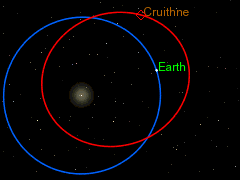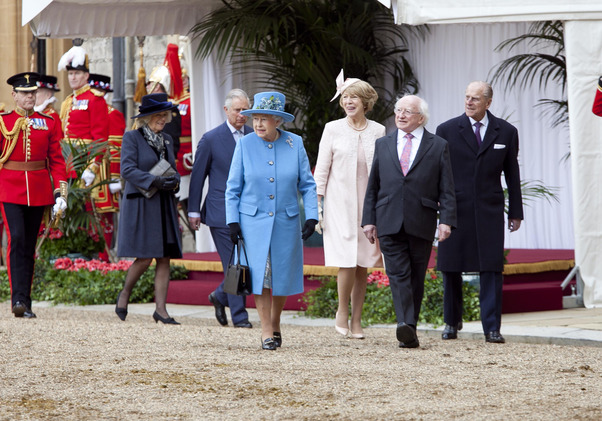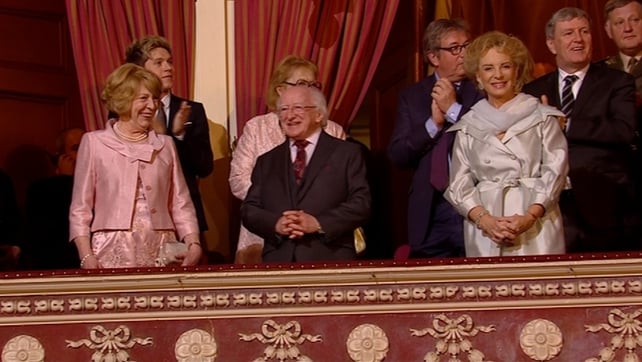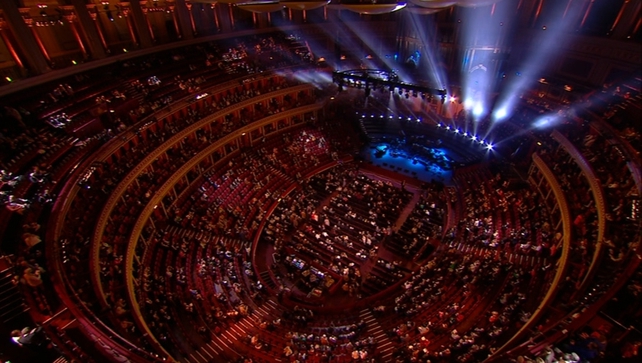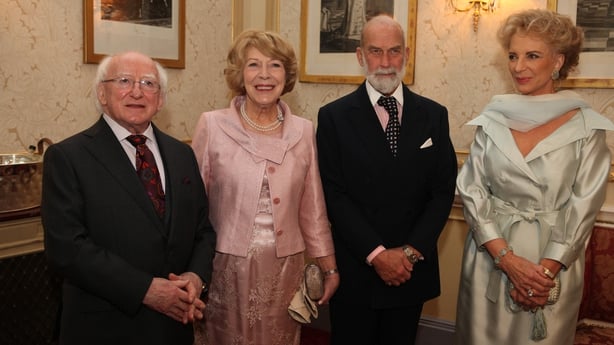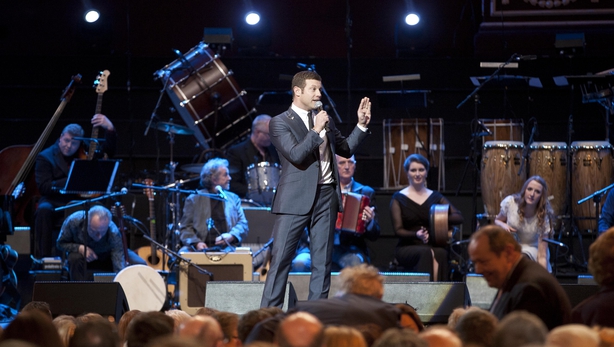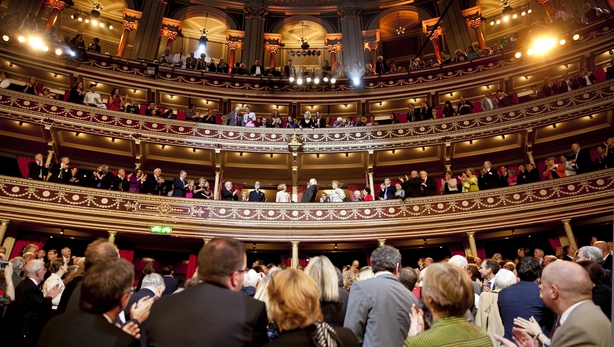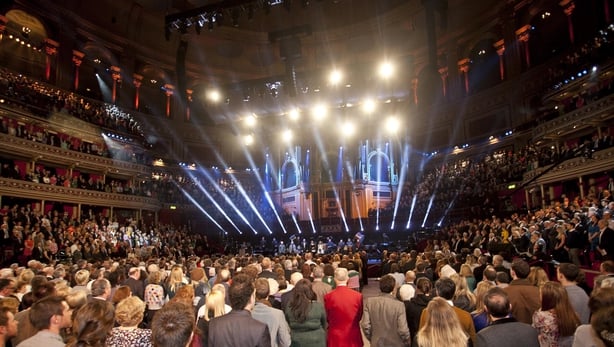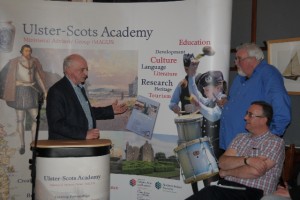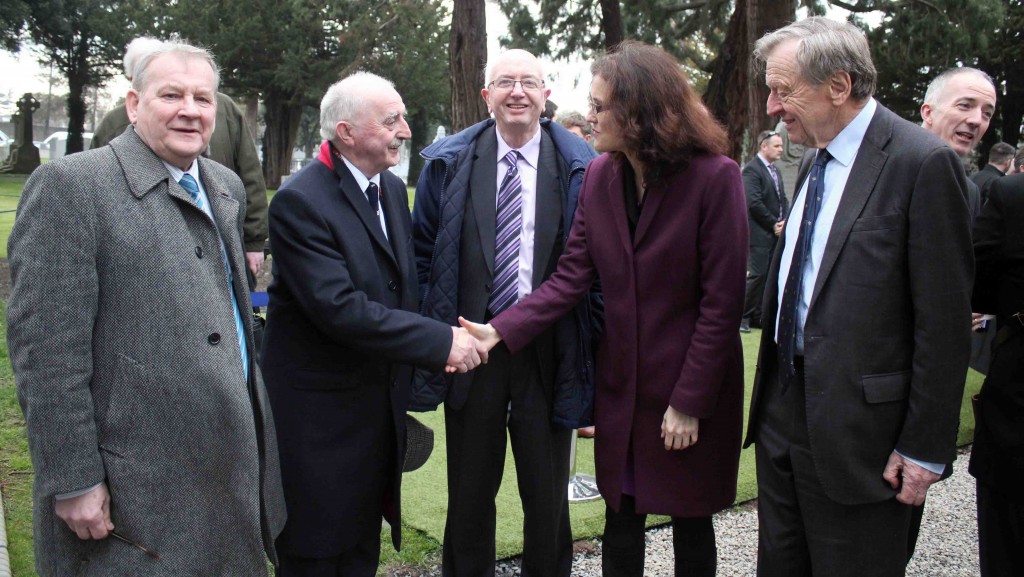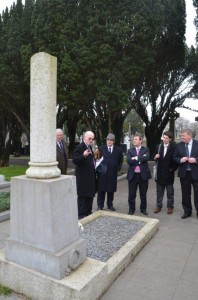As the Scotch-Irish Cultural Revolution gains momentum in Appalachia, it is important to consider its intellectual epicentre, The College of William and Mary, in Williamsburg, Virginia. The college’s Williamite legacy pre-dates the formation of the Orange Order in Ireland . Privately founded in 1693 by letters patent issued by King William III and Queen Mary II, The College of William and Mary is the second-oldest institution of higher education in the United States after Harvard University. William & Mary is considered one of the original “Public Ives”, a publicly funded university providing a quality of education comparable to those of the Ivy League.
William & Mary educated U.S. Presidents Thomas Jefferson, James Monroe, and John Tyler, as well as other key figures important to the development of America, including U.S. Supreme Court Chief Justice John Marshall, Speaker of the House Henry Clay, and sixteen signers of the Declaration of Independence. W&M founded the Phi Beta Kappa academic honour society in 1776 and was the first school of higher education in the United States to install an honour code of conduct for students. The establishment of graduate programs in law and medicine in 1779 make it one of the first universities in the United States.
At the outset of the War between the States (1861–1865), enlistments in the Confederate Army depleted the student body and on May 10, 1861, the faculty voted to close the College for the duration of the conflict. The College building was used as a Confederate barracks and later as a hospital, first by Confederate, and later Union forces. The Battle of Williamburg was fought nearby during the Peninsula Campaign on May 5, 1862, and the city fell to the Union the next day. The Brafferton building of the College was used for a time as quarters for the commanding officer of the Union garrison occupying the town. On September 9, 1862, drunken soldiers of the 5th Pennsylvania Cavalry set fire to the College Building, purportedly in an attempt to prevent Confederate snipers from using it for cover. Much damage was done to the community during the Union occupation, which lasted until September 1865.
The ancient traditions of the British Realm under William and Mary of Orange have continued however within the ethos of the college..These are very ancient indeed. The House of Stewart or Stuart, from whom William and Mary and our present Queen Elizabeth II are ultimately descended, had its origins in Alan fitz Flaald (born 1070, died in 1114) Alan was of the Breton or Old British nobility and held the feudal barony and castle of Oswestry in Shropshire, from which the family of William Wallace also came. Alan was descended from the ancient British who had fled to Armorica in France under the pressure of the invading Anglo-Saxons in the 5th century AD, transferring the name Little Britain to that area rather than Ireland. His duties as a “valiant and illustrious man” included supervision of the Welsh border. Alan was the son of Flaald, who was in turn a son of an Alain, a crusader (in 1097) who was dapifer to the Ancient Diocese of Dol in Dol-de Bretagne. The area of Dol which is near Mont-St-Michel and has figured in the history of the Kingdom and then Duchy of Brittany since at least the rule of Nominoe. “Alan, dapifer” is found as a witness in 1086 to a charter relating to Mezuoit, a cell of St. Florent, near Dol.
Flaald and his son Alan had come to the favourable notice of King Henry I of England who, soon after his accession, invited Alan to England with other Breton friends, and gave him forfeited lands in Norfolk and Shropshire, including some which had previously belonged to Ernulf de Hesdin and Robert de Belleme. Robert had proved a threat to Henry in both the Wesh Marches and in Normandy, so the king was determined to insert reliable supporters to counterbalance or replace his network of supporters. Alan received more land as he proved his worth. A large portfolio of lands in Shropshire and around Peppering, near Arundel in Sussex, was taken from the holdings of Rainald de Bailleul, ancestor of the House of Balliol, who were later to provide a king of Scotland.
The FitzAlan family quickly established themselves as a prominent Anglo-Norman noble house, with some of its members serving as High Sheriff of Shropshire. It was the great-grandson of Alan named Walter FitzAlan who became the first hereditary High Steward of Scotland, while his brother William’s family would go on to become Earls of Arundel.The name Stewart derives from the political position of office similar to a governor, known as a steward. It was originally adopted as the family surname by Walter Stewart, 3rd High Sreward of Scotland, who was the third member of the family to hold the position. Prior to this, family names were not used, but instead they had patronyms defined through the father; for example the first two High Stewards were known as FitzAlan and FitzWalter respectively.
The sixth High Steward of Scotland, Walter Stewart (1293–1326), married Marjorie, daughter of Robert the Bruce, and also played an important part in the Battle of Bannockburn gaining further favour. Their son Robert was heir to the House of Bruce, the Lordship of Cunningham and the Bruce lands of Bourtreehill; he eventually inherited the Scottish throne when his uncle David II died childless in 1371.During the 16th century the French spelling Stuart was adopted by Mary, Queen of Scots when she was living in France. She sanctioned the change to ensure the correct pronunciation of the Scots version of the name Stewart, because retaining the letter ‘w’ would have made it difficult for French speakers, who usually render “w” as “v”. The spelling Stuart was also used by her second husband, Henry Stuart, Lord Darnley; he was the father of James VI and I , so the spelling Stuart for the British royal family officially derives from him. Both Mary, Queen of Scots, and Lord Darnley had strong claims on the English throne, through their mutual grandmother, Margaret Tudor.
In total, nine Stewart monarchs ruled just Scotland from 1371 until 1603. After this there was a Union of the Crowns under James VI and I who had become the senior genealogical claimant to The Crown holdings of the ancient British House of Tudor.. Thus there were six Stewart monarchs who ruled both England and Scotland as well as Ireland (although the later Stuart era was interrupted by an interregnum lasting from 1649–1660, as a result of the Wars of the Three Kingdoms). Additionally, at the foundation of the Kingdom of Great Britain after the Acts of Union, which officially united England and Scotland politically, the first monarch was Anne, Queen of Great Britain. After her death, all the holdings passed to the House of Hanover, under the terms of the Act of Settlement (1701).
During the reign of the Stewarts, Scotland developed from a relatively poor and feudal country into a prosperous, fairly modern and centralised state. They ruled during a time in European history of transition from the Middle Ages to the Renaissance. Monarchs such as James IV were known for sponsoring exponents of the Northern Renaissance such as the poet Robert Henryson and others, the great Makars of the Scots language, which we have inherited as Ullans or Ulster-Scots. After the Stewarts gained control of all of Great Britain, the arts and sciences continued to develop; many of William Shakespeare’s best known plays were authored during the Jacobean era, as was the Authorised version of the Bible, while institutions such as the Royal Society and Royal Mail were established during the reign of Charles II, Uncle of both William and Mary. During the reign of William and Mary, the National Debt was commenced, the Bank of England established, the modern system of finance instituted, ministerial responsibility recognised, the standing army transferred to the control of parliament, the liberty of the press secured, and the British Constitution established on a firm basis.
One direct influence in the radical thinking which resulted from William’s reign was the work of the great Ulster philosopher Francis Hutcheson, son of an Armagh Presbyterian Minister, who was born probably at Drumalig, Saintfield, Co. Down, Ireland in 1694, and became the father of the Scottish Enlightenment. He was known on matriculation from the University of Glasgow as “Scoto-Hibernicus” or “Scotch-Irish”. His most important work is A Sense of Moral Philosophy (1755), about the right of resistance by a people in the event of betrayal of trust by government. He expounded the doctrine of religious toleration and he deeply admired the tradition of armed militias for the protection of civil liberties. These principles found their way via American Revolutionary thinkers into the Declaration of Independence and are embodied in the American Constitution.


 Joint commemoration plan is an important step
Joint commemoration plan is an important step  Children killed in 1916 Rising remembered
Children killed in 1916 Rising remembered  Kenny keen for queen to take part in 1916 commemorations
Kenny keen for queen to take part in 1916 commemorations 
